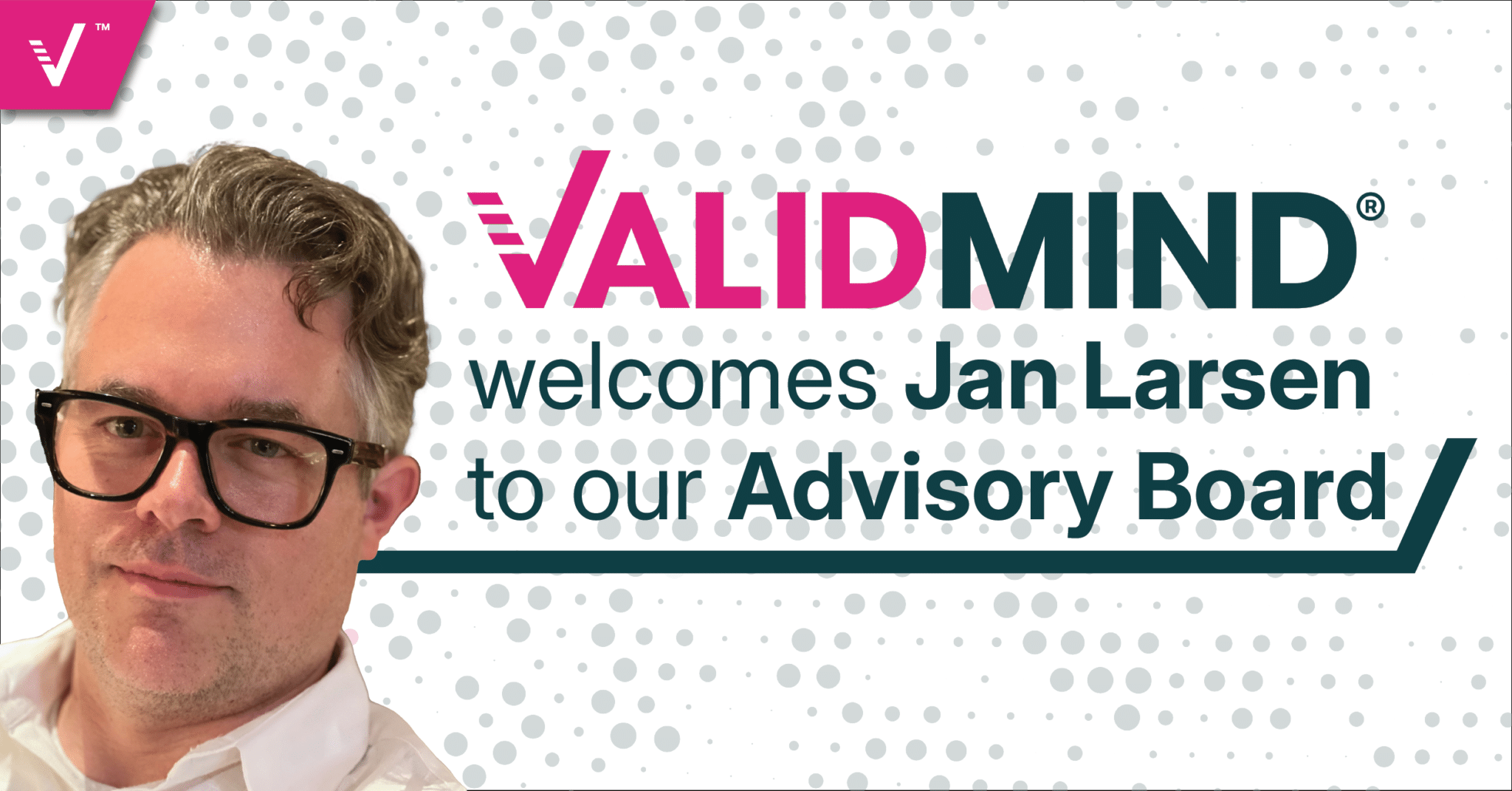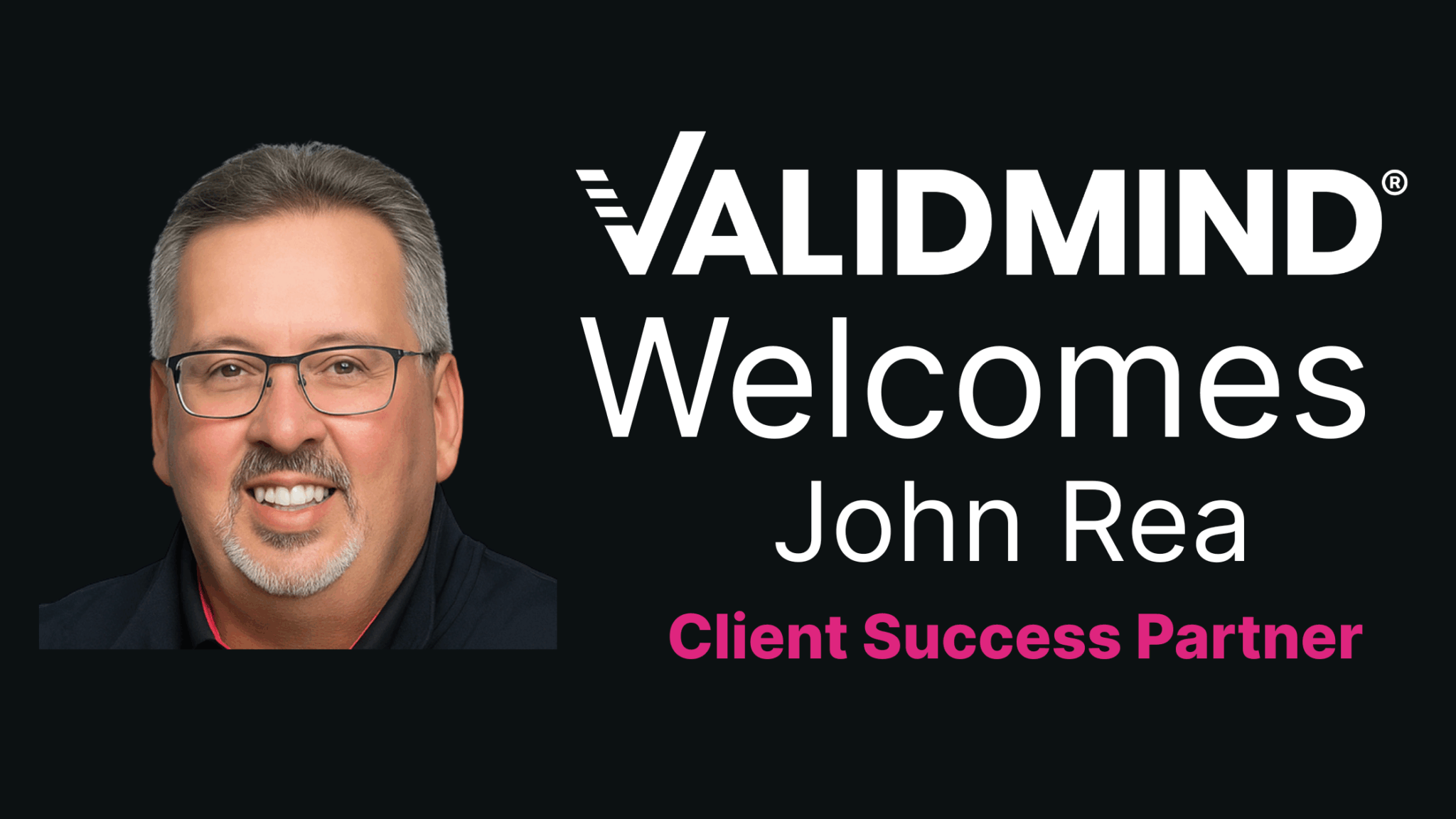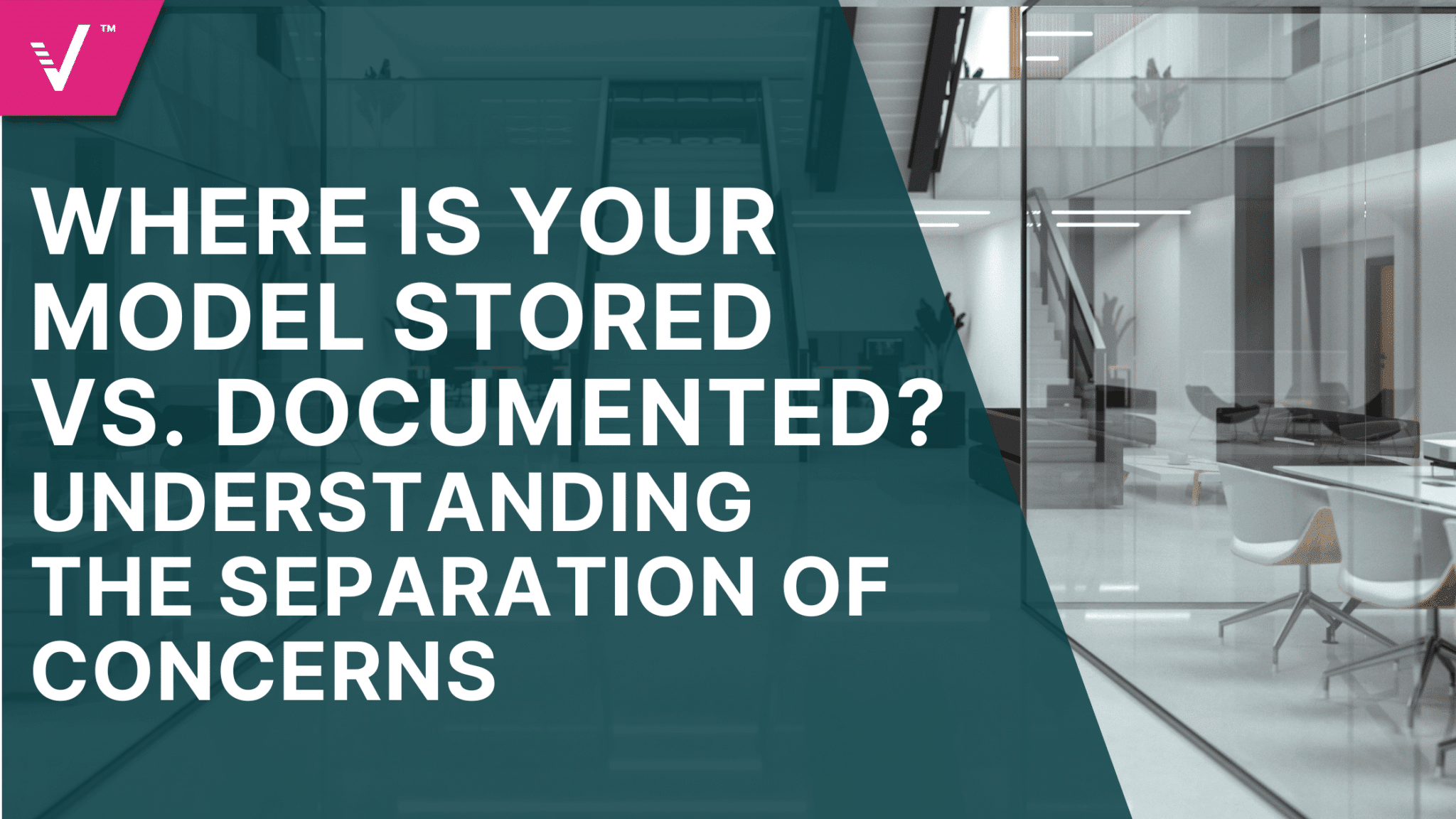ValidMind Welcomes New Advisory Board Member Jan Larsen

ValidMind is thrilled to welcome Jan Larsen, former president and head of CRISIL Integral IQ (f/k/a Global Research & Risk Solutions), as its newest Advisory Board member.
Larsen brings extensive experience in capital markets, credit markets, model development, and model validation to this seat on the board.
We recently sat down with Larsen to discuss some emerging trends in model risk management.
What drew you to ValidMind?
I got a demo of the ValidMind platform, and I was immediately impressed because this idea of model validation is hugely important to banks. It’s a huge cost driver, so bringing this new generation of AI to bear so quickly to address an urgent issue is very impressive.
What did you see as the main selling points of the platform?
The real selling point of ValidMind is that you’re addressing a very large, very important cost and you’re potentially doing it in a way that is more effective than the traditional human-based approach. It’s more objective, more consistent, less error-prone, and faster, which is very important. You’re not only reducing costs to the system, but also potentially significantly reducing risk.
The idea of risk reduction in financial services is something that may be overlooked with this work, but can’t be understated. What are you seeing in the market now regarding the importance of risk reduction in this discipline?
Absolutely. And it’s not just banks. Insurance companies are increasingly focused on validation as well as they diversify their portfolios away from government and corporate bonds and into direct credit, and even — to a lesser extent — into equity investments and complex instruments.
There is a set of risks that is assumed to exist in any portfolio. And in a banking context, that’s overwhelmingly credit and interest rate exposure, a little bit of equity exposure, but overwhelmingly credit and rates. And you try to understand those risks through relatively well established, relatively sophisticated mathematical models. You’re taking into account things like, financial statements, stock prices, etc., but you have a second issue, which is that the way the world fundamentally behaves isn’t constant. That means you could have had the perfect model yesterday, but that isn’t necessarily the perfect model – or even a good model – today.
So the need to consistently and effectively monitor and govern these models becomes paramount.
Exactly. That’s always been a major, major pain point in financial services. That’s a large part of the story of what went wrong in 2008, 2009. It’s not as though people weren’t putting a lot of work into understanding the risks. It’s the way those risks manifest themselves and interact with myriad other factors in the world. It’s constantly changing, and in the old paradigm of risk management, the way you dealt with that is, you looked back at the models once a year. That’s what the regulators expected you to do. I would argue that the world’s just moving too quickly for it to be an annual exercise, and, in fact, I would say that it needs to become more of a continuous exercise.
For companies to be able to do that, they can’t solely rely on a team of PhDs. You need a more tech-forward solution like ValidMind.
How is this evolving with banks’ collective desire to deploy more AI models faster?
Just from a competitive perspective, I think the model upgrade cycle has to become much more rapid, and in fact, we’re already seeing that. In very recent history, meaning a year or two ago, a lot of risk models would be developed by a team of PhDs, and they would be validated by a separate team of PhDs. As long as those validation tests came in clean on the annual review cycle, those models might stay in place for five to 10 years. They might stay in place for a whole economic cycle or more. But AI is unleashing the capability to update models much, much faster than that, which means you need to be able to support a much faster industrial cycle of model development, to model validation, to model deployment.
Institutions that can’t do this will lose an important edge and will likely bear more uncompensated risk than their peers who can navigate this transition. That’s all the more reason that ValidMind is badly needed in the market.


